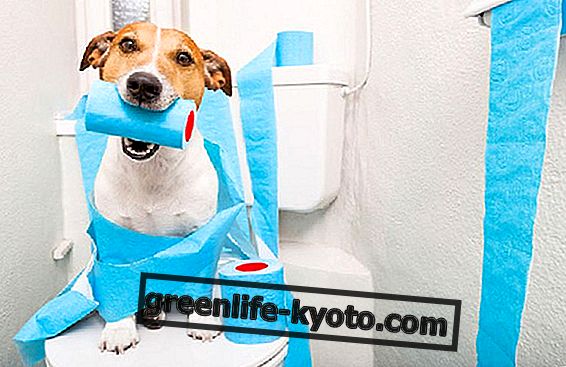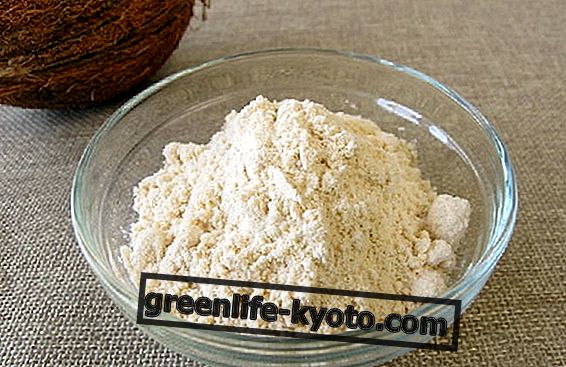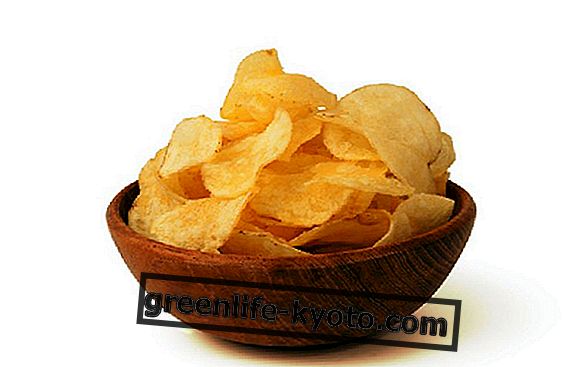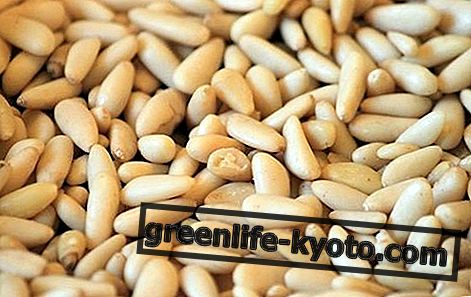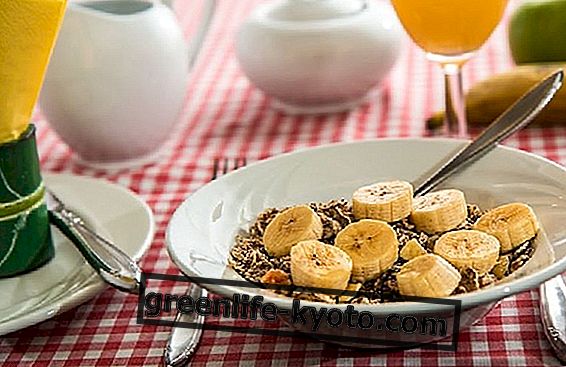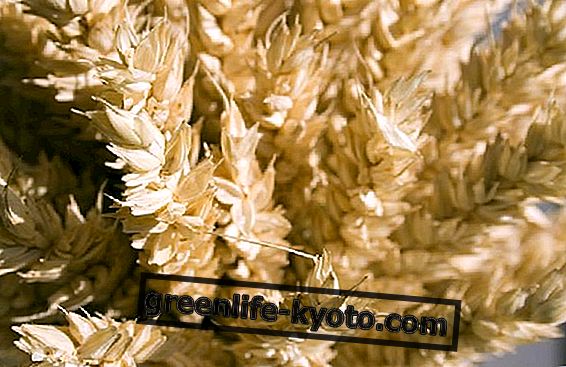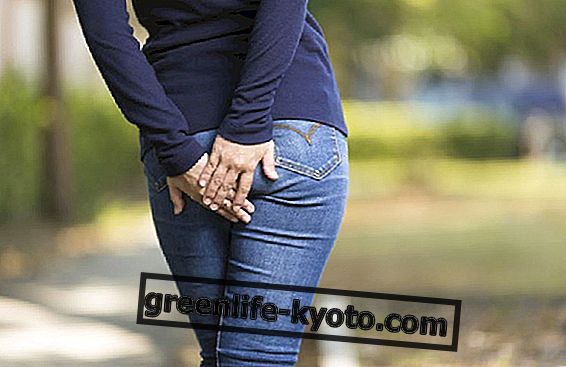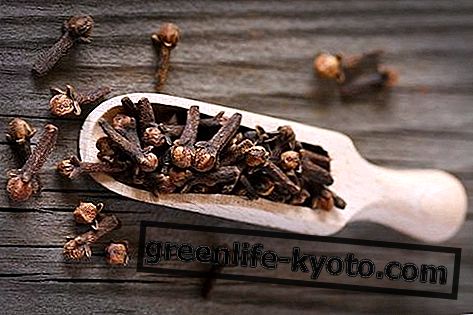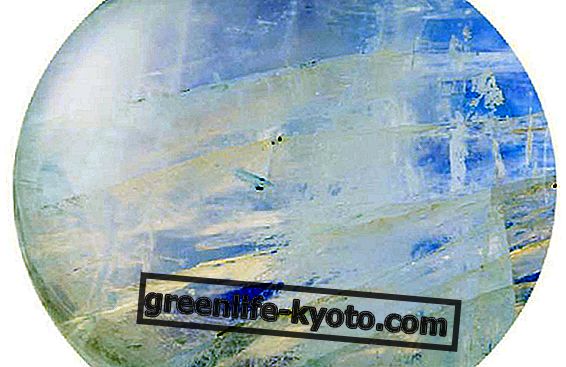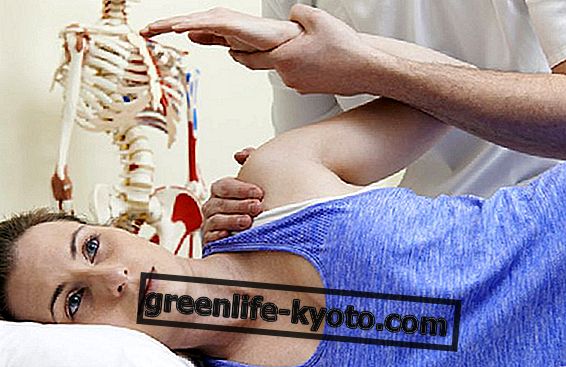
Elisa Rossi graduated in Medicine and Surgery and specialized in Clinical Psychology . She is also a psychotherapist and acupuncture specialist. After studying acupuncture in Milan, Elisa followed the quarterly course at the Academy of Acupuncture in Beijing in 1983.
He then deepened the Pediatric Tuina at the Pediatric Departments of the Nanjing Provincial Hospital in 1999 and 2000, and at the Jinan Provincial Hospital in 2006. It is held in continuous clinical updating at hospitals in Beijing, Nanjing, Shanghai, Jinan.
In 2005 he founded the Xiaoxiao children's center in Milan.
Xiaoxiao, in addition to the weekly surgery, also carries out training in Chinese Pediatrics and research in collaboration with the British Council of Acupuncture.
With the support of the Italian Tuina and Qigong Schools Federation (FISTQ), it has launched several pilot projects : for children with recurrent respiratory diseases, for children with frequent or hyperkinetic awakenings, and this year for newborns and infants born with Assisted Procreation (PMA) ).
Elisa has published several Chinese Medicine texts, including in 2010 "Pediatrics in Chinese Medicine", translated into English in 2011.
What is pediatric tuina?
Tuina is the traditional manual technique of Chinese medicine. Together with acupuncture and pharmacopoeia it is commonly used in hospitals and clinics in China, and is part of medical training.
Tuina is based on the concept that all human beings are qi (usually translated as "energy") which thickens in various forms . The qi moves continuously and is constantly changing .
Children are very delicate because their qi is not yet consolidated. This is why traditional Chinese medicine devotes specific attention to pediatrics .
The pediatric tuina acts by mobilizing the resources that everyone has . It starts from the understanding of the underlying energy characteristics of the specific child, what is its "constitution" from the point of view of Chinese medicine, so as to know the directions towards which the child can encounter difficulties and become ill.
It then acts on energy channels with small manual stimulations on lines and points, to activate a process of rebalancing the system. Without neglecting attention to eating habits and daily life .
To whom is the pediatric tuina massage suitable?
The pediatric tuina is suitable for all children up to the age of six or seven, when the energy system of the child gradually approaches that of an adult, and therefore they begin to use methods closer to those of the adult.
Tuina gives excellent results and benefits in the case of the most common disorders in the child: infant colic, constipation, diarrhea, loss of appetite, fatigue, frequent awakenings, difficulty in being careful, susceptibility to winter illnesses, cough, asthma, developmental delays, enuresis night, eczema .
Let us remember that the phase of childhood corresponds to spring, always according to the principles of Chinese thought, that is to say, to a growth of yang energy, and therefore to a quality of impetuous, rapid qi . We know how children get sick easily, but just as quickly they respond to therapeutic intervention, as they pass from crying to laughter, from one emotion to another.
Tuina is also useful for healthy children, for preventive work, and is an excellent support in cases of serious diseases, which lead to developmental delays .

Do you use other techniques in children?
Yes, sometimes the pediatric tuina is integrated with traditional Chinese methods such as moxa (a system whereby acupuncture points are activated through the heat produced by a species of artemisia cigar), guasha (a rubbing that acts on areas and lines), the plum blossom hammer (which stimulates points and lines), auriculotherapy (without inserting needles but using the pressure of seeds or spheres).
Acupuncture is also very useful, has no contraindication and is generally welcome, except in cases where the parents are too alarmed or the child is afraid because he has already undergone invasive medical procedures. Recall that acupuncture must be performed by a doctor .
Can tuina be taught to parents?
The sequence applied to the child is always taught to parents . Furthermore, some stimulations are taught in case of fever, cold, etc. The sequence is short, about ten minutes, has no contraindications, it is completely safe, easy to learn .
The active collaboration of the parents is very useful as a support for the work performed in the clinic, and is a tool that the parent willingly acquires, in order to help his child in person.
How is the child's treatment and how long does it take?
The tuina is well received by children, but not all children are immediately touched willingly. It is up to the sensitivity of the operator to find the necessary respect and kindness, always bearing in mind that with our intervention we enter another person's space. At first the children are often left in the arms of the adult of reference, but after a while they are usually willingly on the couch.
If the child becomes restless, we try to be flexible, always maintaining our intent and our determination. The message is: "with softness, of course, but this thing will be done".
The child, whether in his arms or on the couch, is left free to move, maintaining constant contact. The operator can stand or sit, but always stable and soft at the same time: his qi is kept free to flow. For this reason it is useful for operators to practice qigong techniques , which facilitates the perception of qi and its flow.
The massage must be adequate : the pressure must be felt, it is not a touch, but it must not even be such as to disturb: neither too superficial nor violent.
The sequence includes 8-12 stimulations lasting 1 or 2 minutes each. The number of sessions varies depending on the course of the illness and the state of the child.
At home it is recommended to practice the personalized sequence once a day, or more in case of acute conditions, such as fever. At the beginning we generally see children once a week, then the sessions become thinner, and after 6-12 months we do a follow-up to get feedback on the progress and consolidate the results.
It must however always be kept in mind that the tuina does not replace the pediatrician, to whom the parent must always turn both for periodic checks and in cases in which the illness gets worse or presents elements you risk.
Opening photo: Pavel Ilyukhin / 123rf.com
